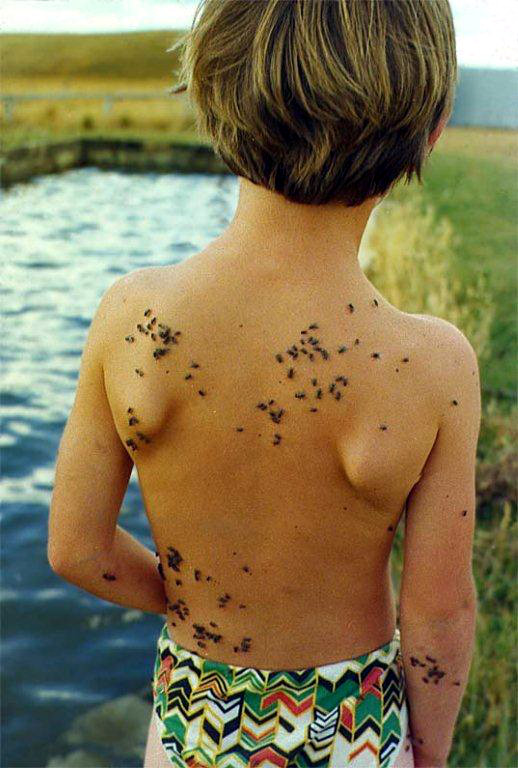By Kim Pullen – Australian National Insect Collection
There’s nothing good about flies. They’re either filthy or desperately annoying, or both.
But are they all like that? And if they aren’t, who are the real culprits?
When I was young and living in Canberra, going outside in summer meant battling with flies. They were in your eyes and nose, all over your food at the barbecue or picnic, and even down your throat if you happened to breathe in at the wrong time. These were Bush flies, the Musca vetustissima.

They entered Australian folklore as soon as the first Europeans set foot on the continent. Witsen wrote of ‘millions of flies, very much troubling men’ in his account of Dutch mariner de Vlamingh’s 1696 experience in what is now Western Australia.
Bush flies are no longer the problem they used to be, at least in Canberra. Foreign dung beetles were introduced to get rid of cattle dung quicker, in order to free up pasture and deprive Bush flies of breeding places.
The Australian Bush Fly Musca vetustissima
Bush flies are Australian natives, and a close relative of the House fly, Musca domestica, that seems to have followed man throughout the world. Both these flies breed in dung and rotting vegetable matter, and the adult flies lap up liquids oozing from the same places. Germs they may pick up there then get passed around. (Check out this interactive view of the Musca domestica up close under a microscope)
Not so closely related are blowflies. These come in dozens of species; some go by names such as ‘brown bomber’ and ‘bluebottle’. Many of them breed in carrion, and some are parasites of earthworms or snails. The introduced metallic green Sheep blowfly, Lucilia cuprina, is the main culprit in ‘blowfly strike’ in sheep.
Sakurajima partially obscured by an ash cloud from an eruption that morning.
Sheep blowfly Lucilia cuprina
Blowflies, Bush flies and House flies give flies a bad name, but most flies are not bad. Some of the estimated 10,000 Australian species of Diptera (the insect order that flies, mosquitoes and gnats belong to) are even Bootylicious!



